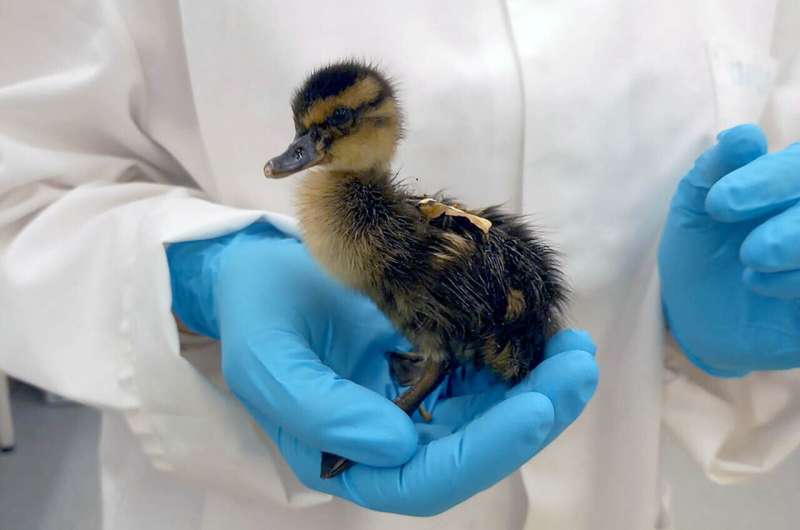Research from the Norwegian University of Science and Technology (NTNU) has revealed that man-made chemicals known as PFAS, often referred to as “forever chemicals,” can alter the genes of ducklings before they even hatch. This alarming finding has prompted the European Union to consider a comprehensive ban on these substances, which are linked to various health risks.
PFAS, or per- and polyfluoroalkyl substances, are prevalent in a wide range of consumer products, including non-stick cookware, waterproof clothing, and food packaging. According to Anne-Fleur Brand, a former Ph.D. research fellow at NTNU, these chemicals have infiltrated global ecosystems, being detected in drinking water and even in cross-country ski tracks due to their previous use in ski wax. While some PFAS compounds have been banned, thousands remain in circulation.
Research Findings on Ducklings
The study, published on November 11, 2025, in the journal Environmental Toxicology and Chemistry, focused on two newly identified PFAS chemicals found in wild duck eggs. Professor Veerle Jaspers at NTNU’s Department of Biology noted that while these chemicals exist in nature, their specific effects on wildlife have been largely uncharted territory.
The researchers conducted their experiments in a controlled laboratory setting, injecting mallard duck eggs with either one of the new PFAS chemicals or with PFOS, a banned substance known for its harmful effects. The method mimicked natural exposure by replicating how chemicals transfer from mother to egg. Following a four-week incubation period, the ducklings were hatched, and samples were collected from their livers, hearts, and bursa fabricii, an organ crucial for immune system development.
Implications for Wildlife Health
The results indicated that the liver, responsible for fat metabolism, experienced significant gene expression changes in ducklings exposed to the new PFAS chemicals. Brand explained, “Mallard ducks need to store and use fat according to a specific schedule. If their fat metabolism changes, it could reduce their chances of surviving or reproducing.”
While the heart showed little change, which surprised the researchers given past evidence linking PFAS to heart development issues in other species, it remains possible that detrimental effects may emerge later in the development process.
In the bursa fabricii, the researchers observed heightened activity in a gene associated with detecting viral infections. This finding raises questions about the long-term health of these birds. “We do not yet know if this helps or harms the birds,” Brand noted. The increased gene activity could signal an enhanced readiness to fight infections, but it might also indicate unnecessary immune stress.
With these findings, the research underscores the potential dangers of PFAS, which have similar chemical structures. Professor Jaspers emphasizes the need for a regulatory framework that addresses all PFAS collectively, rather than individually. “Our findings support the demands to regulate all forms of PFAS. Prohibiting them one by one is both expensive and time-consuming,” he stated.
The researchers call for further investigations that reflect conditions in the natural environment to better understand the consequences of PFAS exposure. Given that these chemicals persist in ecosystems and can have immediate effects on wildlife, caution is paramount.
The study serves as a critical reminder of the ongoing challenges posed by forever chemicals, highlighting the urgent need for comprehensive regulatory measures to protect both wildlife and public health.







































































